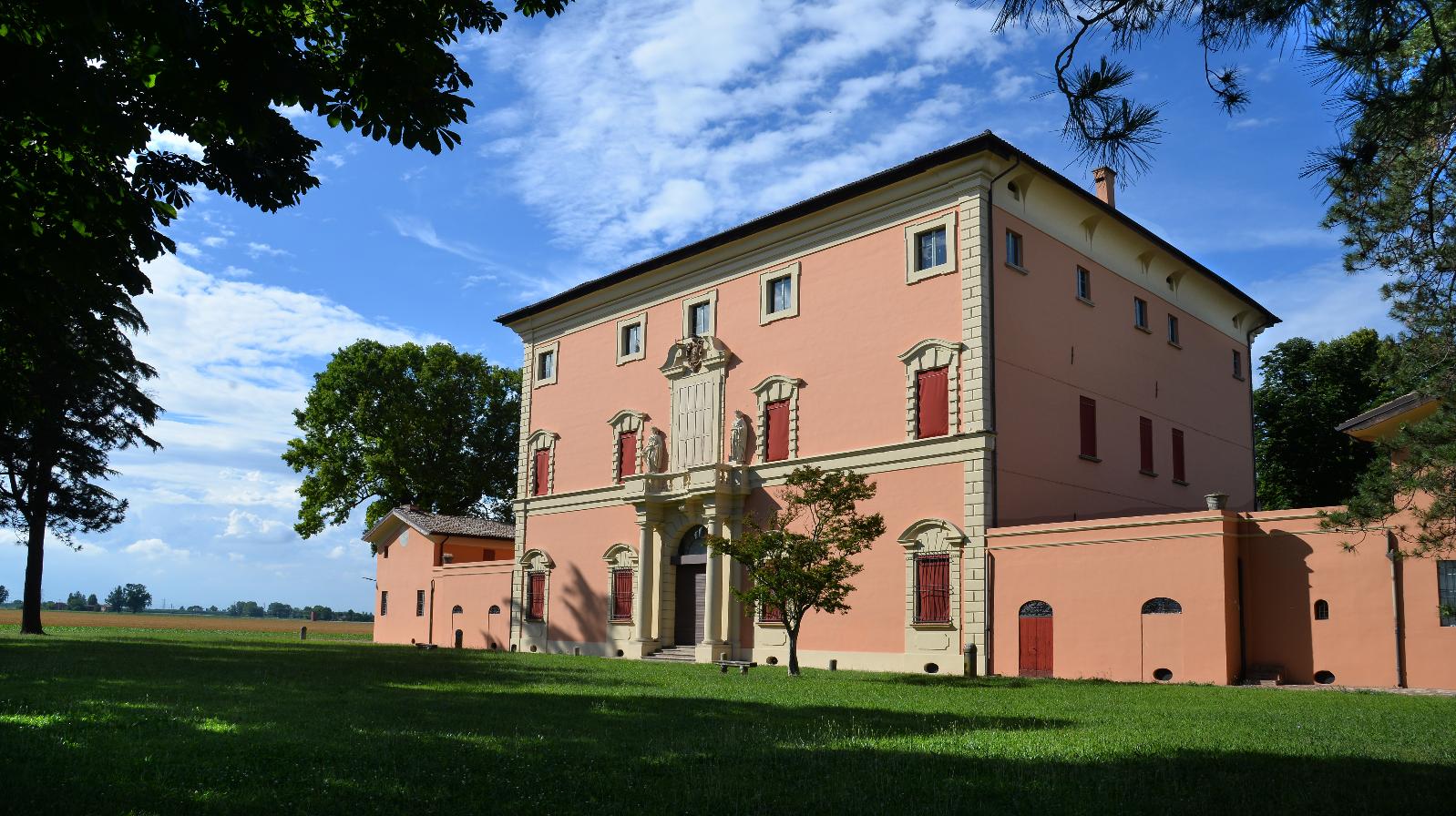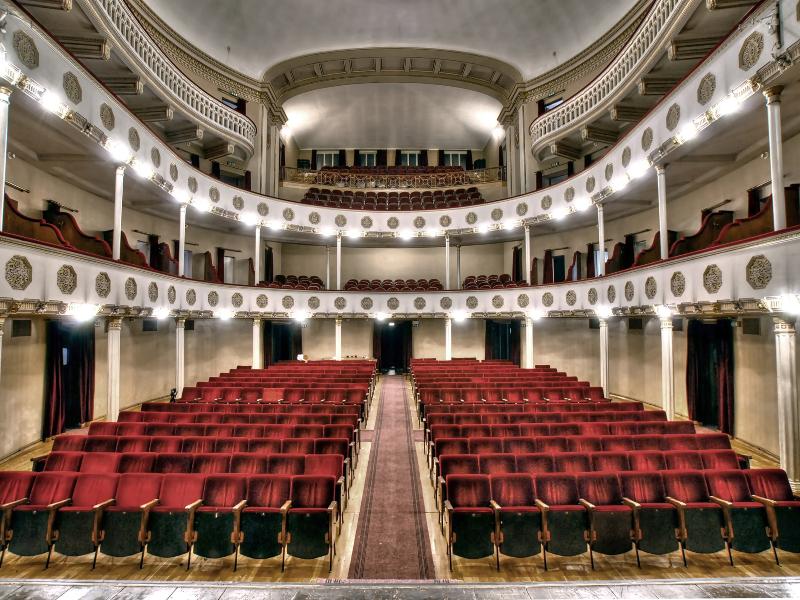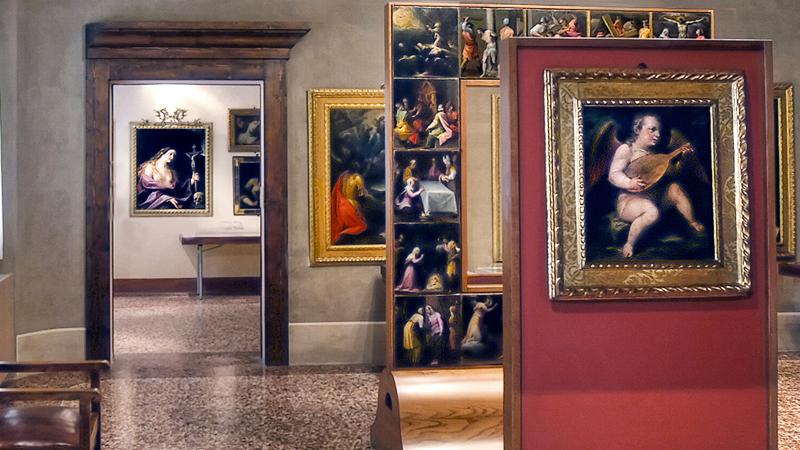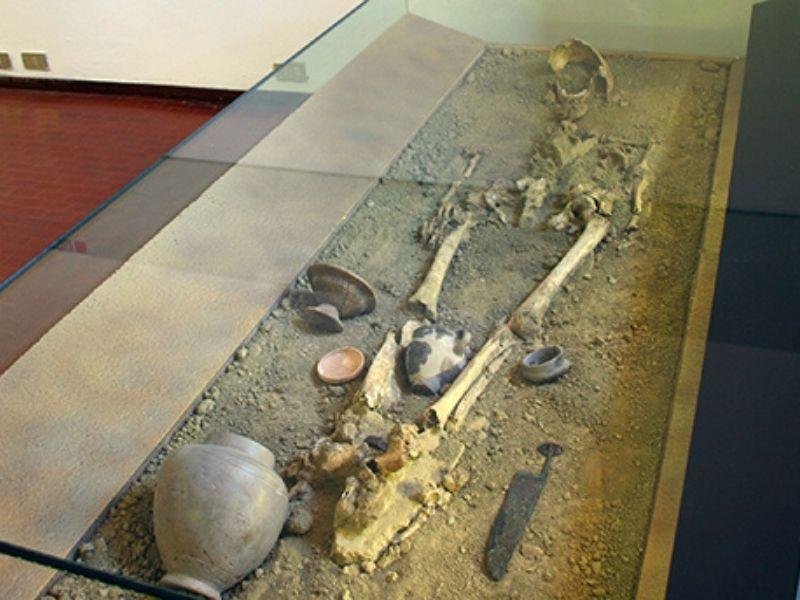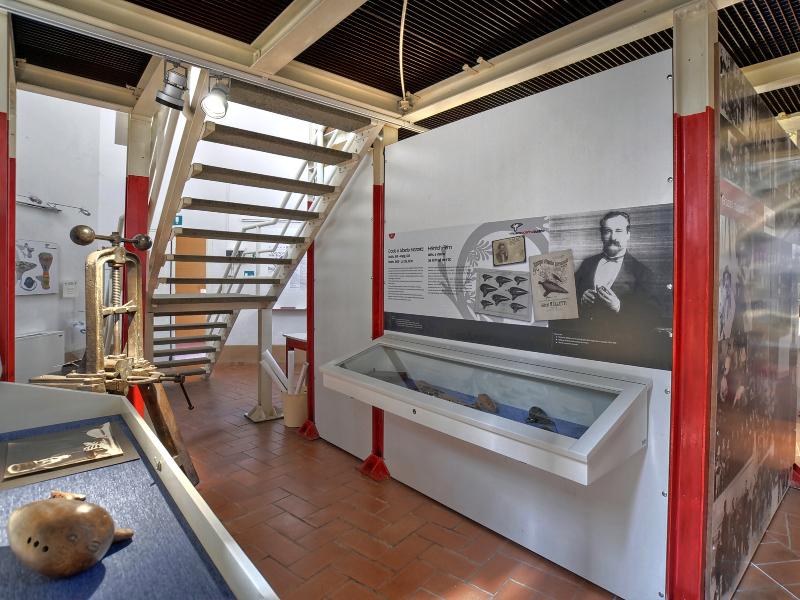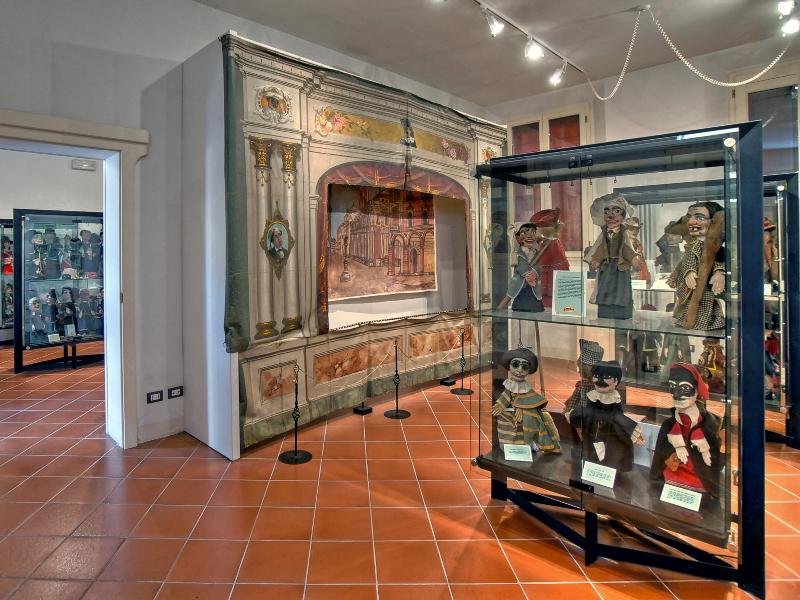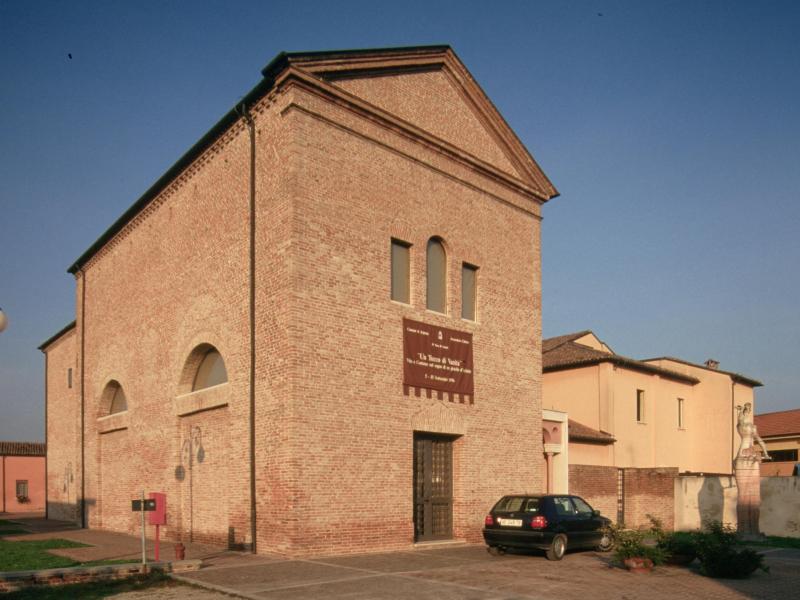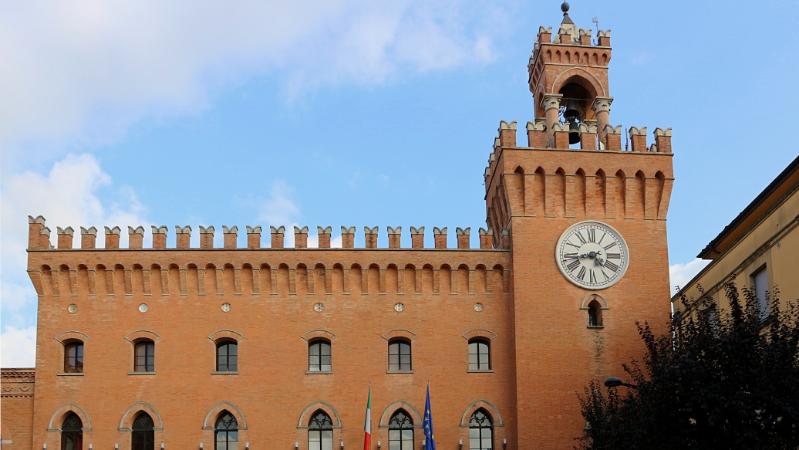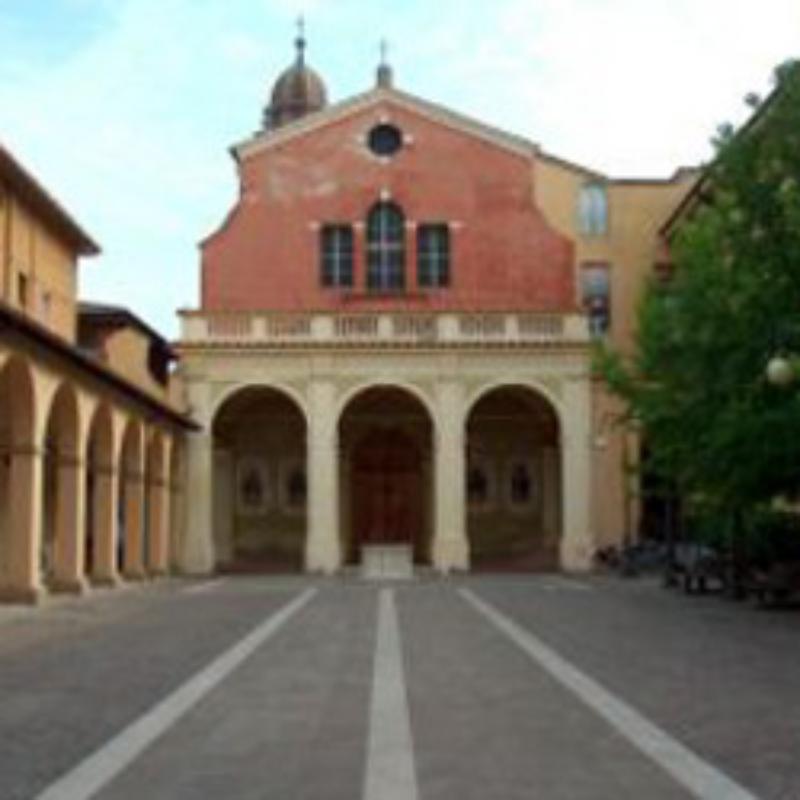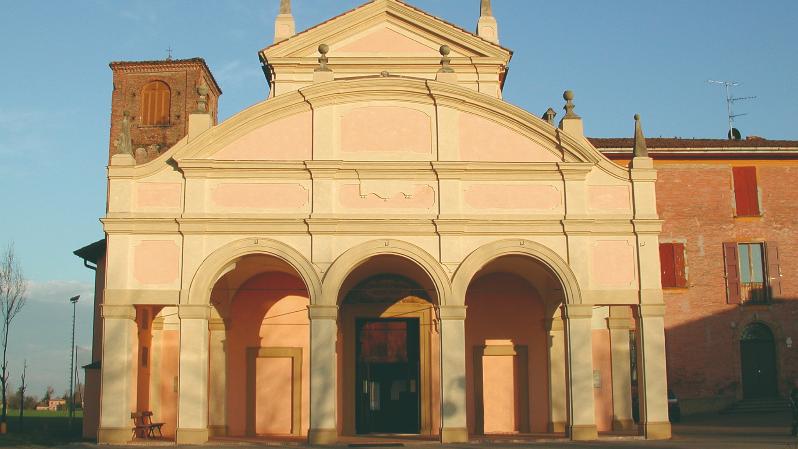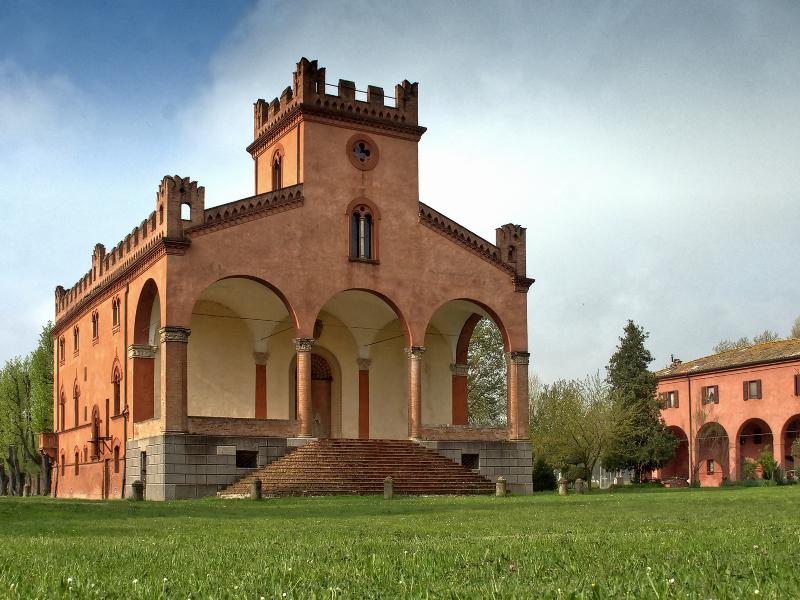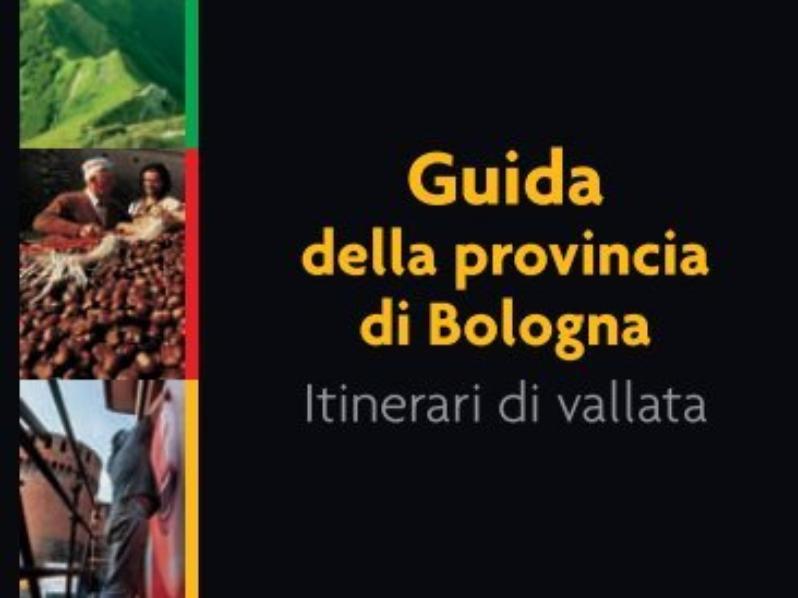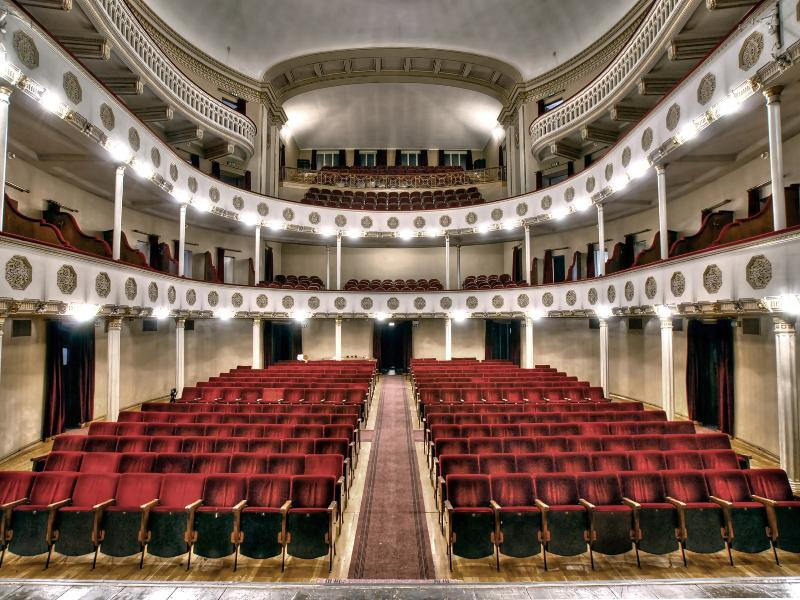
The name comes from Budrium, a place name often used in the past all over Italy with different meanings: fertile soil, silvy land or marshy area. The latter is probably the most reliable for this area, reachable in the past by boat directly from Ravenna.
Budrio, the home of musical instrument called ocarina, is a city rich in monuments bearing witness to its ancient splendour.
While there is still visible evidence of the original Roman and Medieval plans, the historical centre has a lovely 16-18th-century appearance with its traditional porticoes. In fact, it was in the years between the Renaissance and the Enlightenment that Budrio attained its greatest splendour, also economically, thanks to a new technique in hemp production, which became exclusive exportation in many European countries.
It was in these years of prosperity that many of the most important buildings of the city were built, starting with Palazzo Boriani Dalla Noce which, together with the Theatre, the Archaeological Museum and the "Dario Inzaghi" Art Gallery, is part of a unique cultural heritage.
There are many other sights to see, starting with the Church of San Lorenzo, with a 15th-century fresco. Opposite the church stands the 15th-century Torre dell'Orologio (Clock Tower) while precious paintings can also be found in the Church of San Domenico.
The statue in the middle of the town square shows Budrio's most famous son, Quirico Filopanti: patriot, politician, university lecturer, inventor and astronomer.
A visit to Budrio would not be complete without buying an example of the musical instrument invented right here: the ocarina, with its curious museum and a dedicated festival that takes place in the spring of odd-numbered years. Moving out of the town, 1 km from the centre, we find the Church of Santissimi Gervasio and Protasio, one of the most ancient parish churches in the Bolognese area. Also worth seeing are the frescoes by the Guardassoni in the church in Vedrana, 5 kms north-east of the county town.
A gem which alone is worth a visit are the superb country residences of the Malvezzi-Campeggi complex, in Bagnarola (4 kms). Known as the "Bolognese Versailles", it offers a "true highlight of all the society of the Bolognese villas".
It's worth a visit the polyfunctional centre Torri dell'acqua, a former waterworks recently transformed in a cultural place.
More information
- Distance from Bologna: 19 Km.
- Altitude: 9/37 m. Inhabitants: 18.412 (updated January 1st 2016)
- Market day: Tuesday
- Patron Saint: San Lorenzo (August 10th)
- Hamlets:
Bagnarola, Cento, Prunaro, Vedrana, Mezzolara, Armarolo, Dugliolo, Vigorso, Riccardina, Cazzano.
Recurring events
- Antique market: first Sunday of every, August excluded.
- Carnival, in Budrio, Vedrana and Mezzolara Primaveranda, exhibitions, shows, markets and sports games: April and May International
- Ocarina Festival: biennial event (in the spring of odd-numbered years)
- International competition of opera singing Anselmo Colzani: first week of May
- Festa della campagna, countryside festival, in Maddalena di Cazzano Agribu, agricultural and food fair with a health
- Market of natural and biological produce: September and October
- Festa della cipolla (Onion Festival), in Mezzolara: end of September.
- Una notte ai Musei e festa di strada, open museums, exhibitions, guided visits, shows, market and open shops until midnight: end of September.
The text is taken from
Guide to the province of Bologna - Valley itineraries
How to get to Budrio
By car
- Roads from Bologna: SP 253 San Vitale, get onto SP 6 Via Zenzalino up to Budrio Motorways from Bologna: A13
- Motorway, exit Bologna-Interporto, near Lovoleto take SP 3 Trasversale di Pianura and follow directions for Budrio.
By bus
From the Bologna bus station, TPER public transport company (info on timetables and fares www.tper.it):
- Bus n. 237 Bologna-Dugliolo-Alberino
- Bus n. 257 Bologna-Budrio-S.Antonio-Argenta
By train
From the Bologna Central Station - East platform Bologna (for information on timetables and fares visit www.trenitalia.com): Bologna-Portomaggiore railway line, Budrio stazione and Budrio centro stops
By plane
The Guglielmo Marconi Airport is about 25 km. from Budrio.
The Aerobus BLQ connects every 15-30 minutes the airport to the city centre and to the central station. Piazza XX Settembre stop to get a bus towards Budrio.
Information
URP - Public Relations Office
Address: Piazza Filopanti 11 - 40054 Budrio (BO)
Ph. +39 051 6928241
Fax +39 051 6928285
Toll-free number 800 215255
urp@comune.budrio.bo.it
www.comune.budrio.bo.it
Opening times:
- Monday-Wednesday and Friday 8am-1pm
- Thursday 8.30am-1pm, 3pm-6pm

